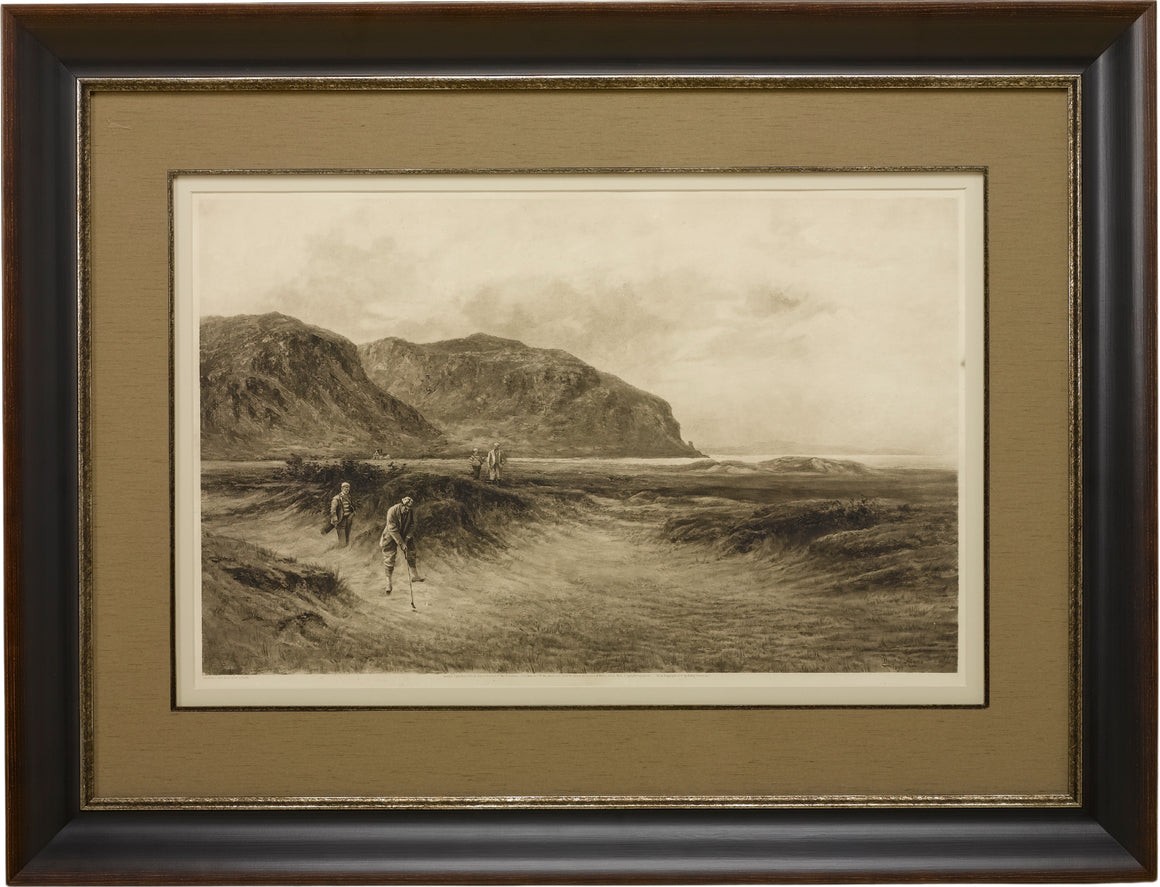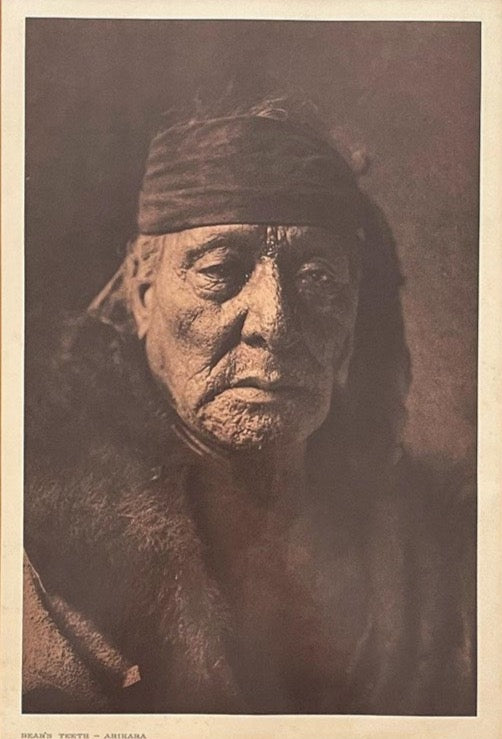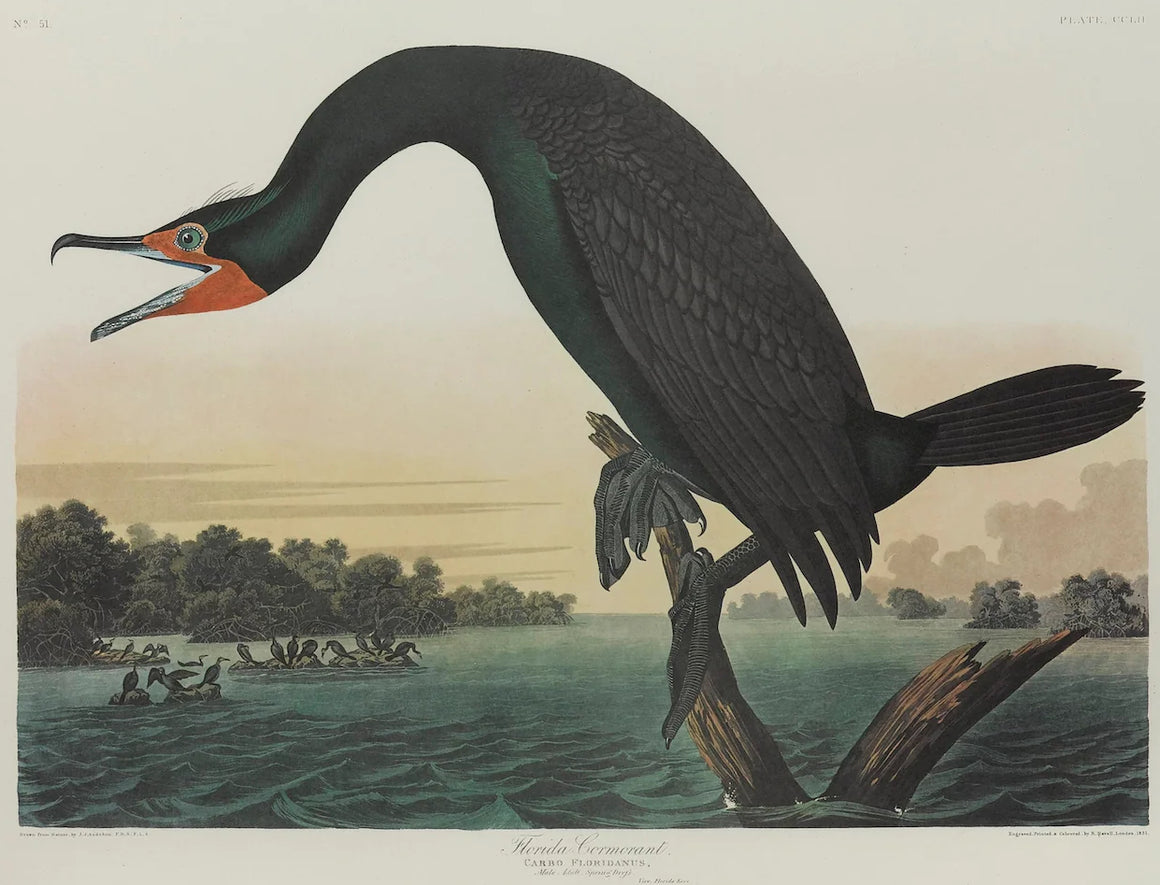"Gettysburg. The Repulse of Longstreet's Assault." Engraving by H. B. Hall Jr., after James Walker, Circa 1876
$8,500.00
Presented here is an 1876 engraving of John B. Bachelder and James Walker’s Gettysburg. The Repulse of Longstreet’s Assault. The engraved scene depicts the decisive battle on the final day of the Battle of Gettysburg. Researched by the photographer and topographer John B. Bachelder and painted by James Walker, the original painting was created in 1870. This detailed engraving was done by H. B. Hall Jr. and published by James Drummond Ball.
Otherwise called Pickett’s Charge, the battle occurred on July 3, 1863. Pickett’s corp commander, Lieutenant General James Longstreet was placed in charge of the attack despite his hesitations. Longstreet’s central role led to the title of the work, Repulse of Longstreet’s Assault. In an attempt to gain control of an important supply route, nine Confederate brigades charged across three-quarters of a mile of open ground against cannon fire to take Cemetery Ridge from the defending Union Army. Despite their overwhelming numbers, the Confederate forces were repelled with considerable casualties marking not only a decisive victory for the Union, but also the beginning of the slow defeat of Lee’s Army. The furthest the charging forces advanced before being repulsed would forever be known as the “High Water Mark of the Confederacy.” The Confederate army never recovered from the losses at Gettysburg and it effectively ended Lee’s campaign into Pennsylvania.
The engraving gives the perspective from the Union rear, one that encompasses most of the battlefield, from Big Round Top on the left to the northern reaches of Cemetery Ridge on the right. The Confederate lines at Seminary Ridge are in the far distance, partially obscured by bursting shells. The image centers on the main Confederate assault, in the vicinity of what today are known as "The Copse" and "The Bloody Angle." The composition has elements of a classic triptych, with General Meade and his officers dominating the center, flanked on either side by artillery advancing into the fray. These are set against the whirlwind of battle, with Union units rushing forward to meet the Confederate advance, and dead and wounded men, horses, and the debris of battle scattered on the field.
Bachelder exhaustively researched this battle and hoped that, along with James Walker, their work would become as famous and widely celebrated as the painting of Washington Crossing the Delaware by Leutz. To achieve his goal, Bachelder studied the landscape and consulted both Union and Confederate soldiers to ensure the accuracy of his work. After Walker painted it with precise technical detail, several officers present on that day agreed that it was a fantastic depiction of the event. Even General James Longstreet wrote that the painting was a “fair and complete representation of that eventful scene.” Shortly after the painting was produced, Bachelder had engravings published. His research and collaboration with Walker had a profound influence on the country’s memory of Gettysburg.
CONDITION:
Overall very good condition. Steel engraving with etched detail, uncolored. Print is titled, "GETTYSBURG, the Repulse of Longstreet's Assault." Painted by James Walker, Engraved by H.B. Hall Jr., Published by James Drummond Ball. Impression is strong and paper is healthy, save very light toning. Image size: 14 1/4” H x 35 1/2" W plus title and wide margins. Printed on a 21 1/4" H x 41 1/2" W sheet.
Engraving is artfully framed, with acid-free mats, UV Glass, and a custom-built black wooden frame with gold beaded detail.
Framed Dimensions: 26 3/4" H x 47 1/2" W x 1 1/2" D.Share:
Related Items
Antiques
American-Made Goods
News & Updates
Sign up to get the latest on sales, new releases and more …
© 2024 The Great Republic. All Right Reserved.














